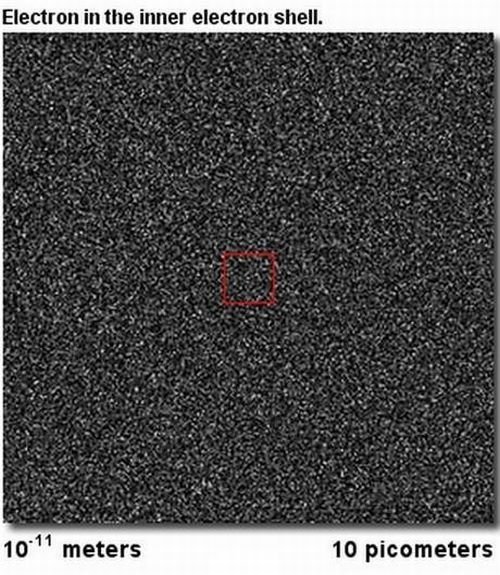|
|
Our Universe Scale
|
Aristarchus thus believed the stars to be very far away, and saw this as the reason why there was no visible parallax, that is, an observed movement of the stars relative to each other as the Earth moved around the Sun. The stars are in fact much farther away than the distance that was generally assumed in ancient times, which is why stellar parallax is only detectable with telescopes. The geocentric model, consistent with planetary parallax, was assumed to be an explanation for the unobservability of the parallel phenomenon, stellar parallax. The rejection of the heliocentric view was apparently quite strong, as the following passage from Plutarch suggests (On the Apparent Face in the Orb of the Moon):
Cleanthes (a contemporary of Aristarchus and head of the Stoics) thought it was the duty of the Greeks to indict Aristarchus of Samos on the charge of impiety for putting in motion the Hearth of the universe (i.e. the earth), . . . supposing the heaven to remain at rest and the earth to revolve in an oblique circle, while it rotates, at the same time, about its own axis.
The only other astronomer from antiquity known by name who supported Aristarchus' heliocentric model was Seleucus of Seleucia, a Hellenistic astronomer who lived a century after Aristarchus. According to Plutarch, Seleucus was the first to prove the heliocentric system through reasoning, but it is not known what arguments he used. Seleucus' arguments for a heliocentric theory were probably related to the phenomenon of tides. According to Strabo (1.1.9), Seleucus was the first to state that the tides are due to the attraction of the Moon, and that the height of the tides depends on the Moon's position relative to the Sun. Alternatively, he may have proved the heliocentric theory by determining the constants of a geometric model for the heliocentric theory and by developing methods to compute planetary positions using this model, like what Nicolaus Copernicus later did in the 16th century. During the Middle Ages, heliocentric models may have also been proposed by the Indian astronomer, Aryabhata, and by the Persian astronomers, Albumasar and Al-Sijzi.
The Aristotelian model was accepted in the Western world for roughly two millennia, until Copernicus revived Aristarchus' theory that the astronomical data could be explained more plausibly if the earth rotated on its axis and if the sun were placed at the center of the universe.
|
|









